Table of Contents
- What Is Cardamom?
- Types of Cardamom
- Culinary Uses of Cardamom
- Health Benefits of Cardamom
- Buying Guide for Cardamom
- Fun Facts About Cardamom
- Frequently Asked Questions (FAQ)
- Conclusion
What Is Cardamom?
Cardamom, known as the "Queen of Spices," is a highly aromatic spice derived from the seeds of the Elettaria cardamomum plant. Native to South and Southeast Asia, it's prized for its unique sweet, floral, and slightly peppery flavor that enhances both sweet and savory dishes. This comprehensive guide covers everything you need to know about cardamom, from its types and culinary uses to health benefits and buying tips.
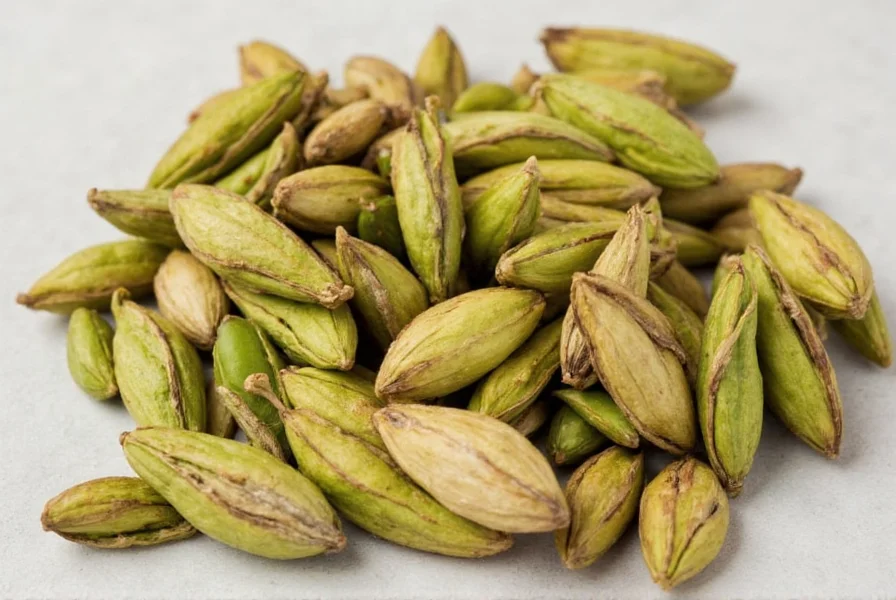
Cardamom comes from the seeds of the Elettaria cardamomum plant, which is native to the tropical regions of South and Southeast Asia. The seeds are encased in a green, triangular pod, which is often referred to as the "cardamom pod." When you open one, you’ll find small, dark seeds with a strong, sweet, and slightly peppery aroma.
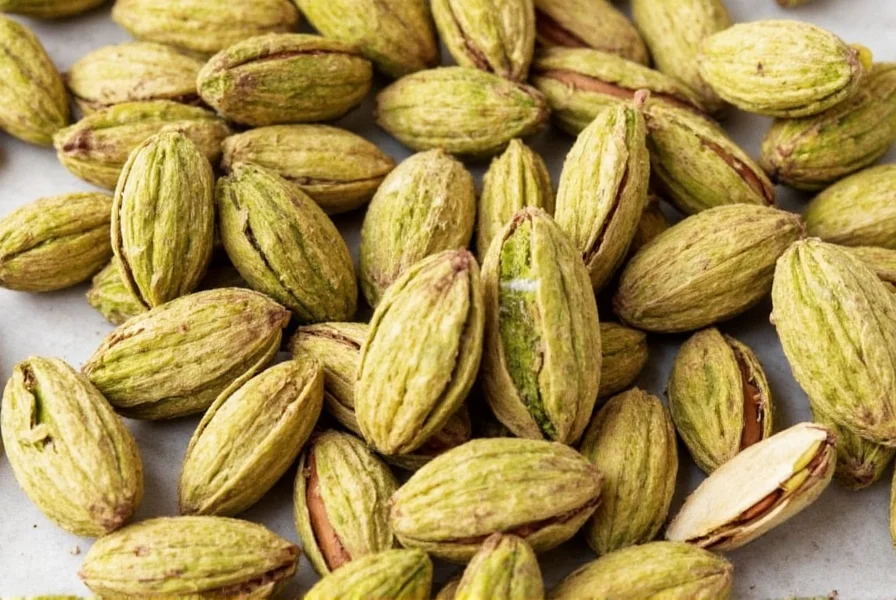
Cardamom is not just a spice—it's a flavor enhancer that adds depth, warmth, and complexity to everything from desserts to savory dishes. Whether you're making chai, baking cookies, or spicing up your coffee, cardamom is what makes the difference between good and unforgettable.
Types of Cardamom
There are several types of cardamom, but the two most common ones are green cardamom and black cardamom. Let's break them down:
Green Cardamom
The most commonly used type, green cardamom is known for its sweet, floral, and citrusy notes. It's widely used in Indian, Middle Eastern, and Scandinavian cuisines. Green cardamom is typically sold whole in pods or ground into a fine powder.
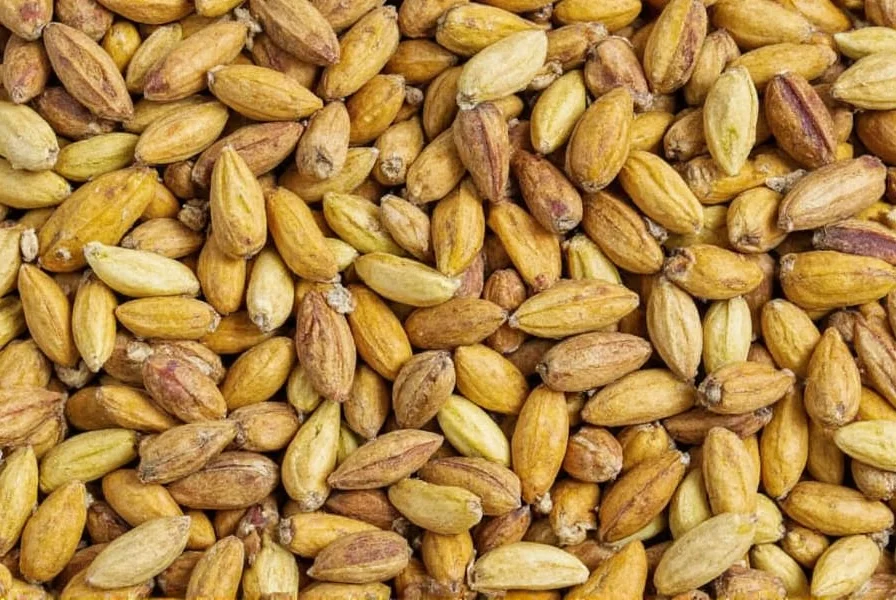
Black Cardamom
Black cardamom has a more smoky, earthy, and pungent flavor compared to its green counterpart. It's often used in Indian and Chinese cooking, especially in dishes like biryani, stews, and meat curries. Black cardamom is usually sold in whole pods and is not as commonly found in Western kitchens.
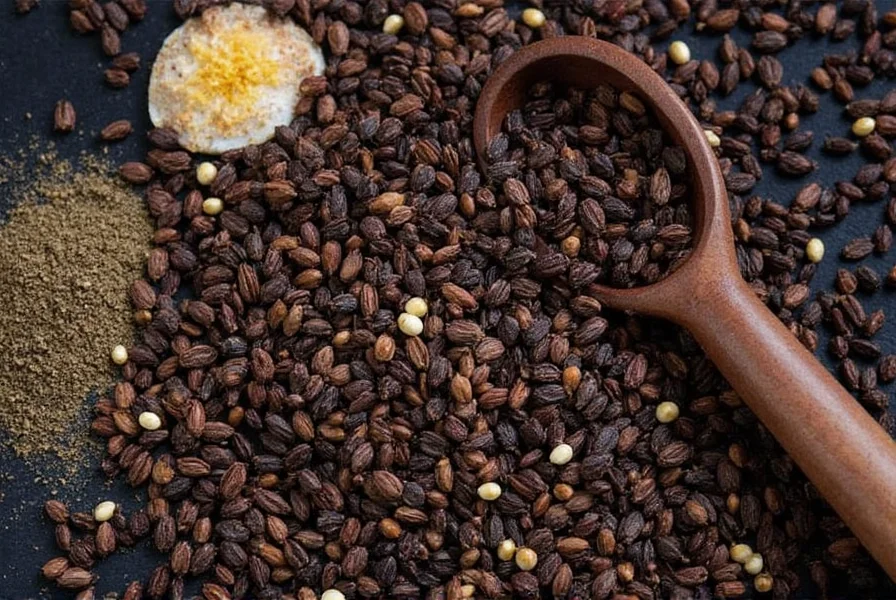
Culinary Uses of Cardamom
Cardamom is a flavor enhancer that works wonders in both sweet and savory dishes. Here are some popular uses:
1. In Beverages
One of the most famous uses of cardamom is in chai. In India, cardamom is often added to black tea along with cinnamon, ginger, and cloves to create a warm, spicy drink. It's also used in coffee, especially in countries like Sweden and Turkey. For authentic Swedish coffee, crush 2-3 pods per cup to release maximum flavor.
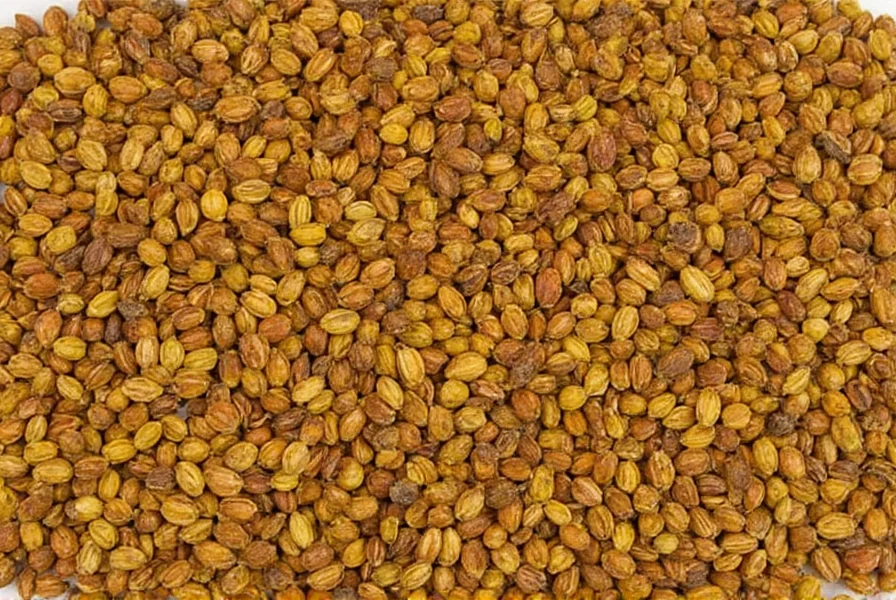
2. In Baking
Cardamom is a key ingredient in many traditional pastries, especially in Scandinavian and Middle Eastern cuisine. Think of cardamom buns, cardamom cookies, and spiced cakes. Its sweet and warming flavor pairs perfectly with butter, sugar, and nuts. For best results, crush whole pods before grinding to preserve volatile oils.
3. In Savory Dishes
Cardamom is used in a variety of savory recipes, including rice dishes, stews, and meat curries. It's a staple in Indian and Persian cooking, where it's often combined with other spices like cumin, coriander, and turmeric. In biryani, add 2-3 crushed pods to rice for authentic flavor.
Health Benefits of Cardamom
Beyond its delicious flavor, cardamom is packed with health benefits. According to the National Institutes of Health (NIH), cardamom is rich in antioxidants and may help reduce inflammation. Research also suggests it supports digestive health and improves oral health. Some studies indicate it may help regulate blood pressure and cholesterol levels when consumed regularly.

| Property | Green Cardamom | Black Cardamom |
|---|---|---|
| Antioxidant Content | High | Moderate |
| Flavor Profile | Sweet, Floral, Citrusy | Smoky, Earthy, Pungent |
| Common Use | Baking, Beverages, Desserts | Savory Dishes, Stews, Curries |
Buying Guide for Cardamom
If you're looking to add cardamom to your kitchen, here are some tips on how to choose the best quality:
1. Look for Freshness
Cardamom is at its best when it's fresh. Check for bright green pods (for green cardamom) or dark, wrinkled pods (for black cardamom). Avoid any that smell stale or musty. Fresh pods should have a strong, sweet aroma when crushed.
2. Choose Whole Pods Over Ground
Whole cardamom pods retain their flavor longer than ground cardamom. If you do buy ground cardamom, make sure it's stored in an airtight container away from light and heat. For maximum flavor, crush pods just before use.
3. Consider the Source
Cardamom is primarily grown in India, Sri Lanka, and Guatemala. Try to purchase from reputable suppliers who source their spices directly from farmers to ensure quality and authenticity. Look for organic certification if you prefer chemical-free products.
4. Storage Tips
Store cardamom in an airtight container in a cool, dark place. Whole pods can last up to 2 years, while ground cardamom should be used within 6 months for best flavor.
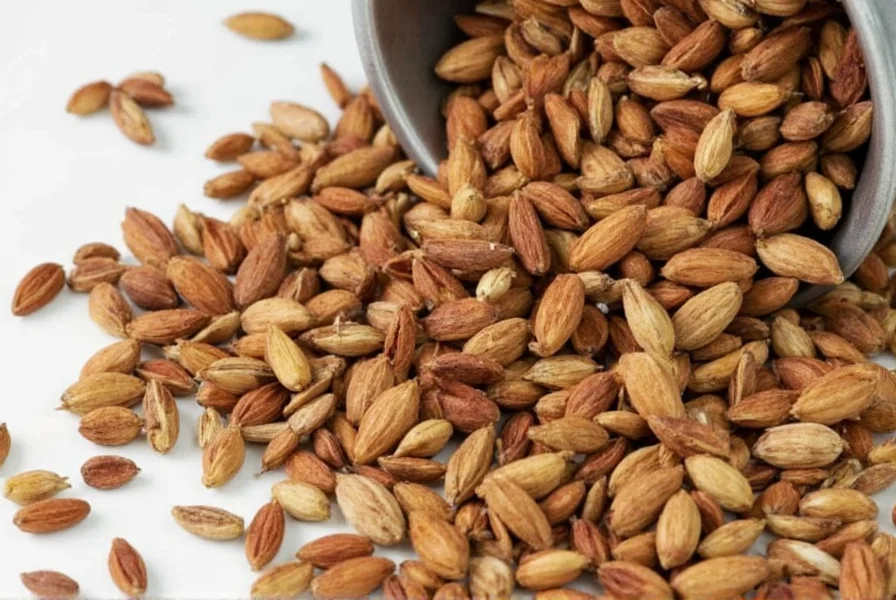
Fun Facts About Cardamom
Did you know that cardamom was once considered more valuable than gold? It was a prized commodity during the Roman Empire and was used as a form of currency. Here are a few more interesting facts:
- Cardamom is sometimes called the "queen of spices" due to its unique flavor and versatility.
- The plant produces small, white flowers before the pods develop.
- Cardamom is a major export for countries like India and Guatemala.
- In some cultures, cardamom is used in wedding rituals and religious ceremonies.
- It's one of the few spices that can be used in both sweet and savory dishes without overpowering other flavors.
Frequently Asked Questions (FAQ)
What is cardamom exactly, and why is it called the "Queen of Spices"?
Cardamom is a highly aromatic spice derived from the seeds of the Elettaria cardamomum plant. It earns the title "Queen of Spices" due to its exceptional versatility, complex flavor profile (sweet, floral, and slightly peppery), and historical value. Unlike many spices, it enhances both sweet and savory dishes while offering significant health benefits.
How do you use cardamom in cooking?
Cardamom is incredibly versatile: crush whole pods for beverages like chai or coffee, add to baked goods for sweet dishes, or include in savory recipes like biryani and curries. For maximum flavor, crush pods just before use and avoid overcooking. Start with small amounts (1-2 pods per recipe) and adjust to taste.
What are the health benefits of cardamom?
According to the National Institutes of Health (NIH), cardamom is rich in antioxidants that may help reduce inflammation. Research suggests it supports digestive health by relieving bloating and indigestion, improves oral health by fighting bacteria, and may help regulate blood pressure and cholesterol levels when consumed regularly as part of a balanced diet.
How to store cardamom to keep it fresh?
Store whole cardamom pods in an airtight container away from light, heat, and moisture. Keep in a cool, dark place like a pantry. Whole pods maintain freshness for up to 2 years. Ground cardamom should be stored similarly but used within 6 months for best flavor. Never refrigerate cardamom as moisture can cause clumping.
Is cardamom safe for everyone to consume?
Cardamom is generally safe for most people when consumed in culinary amounts. However, individuals with gallstones should avoid large quantities as it may stimulate bile production. Pregnant women should consult a doctor before consuming medicinal amounts. Always start with small quantities to test tolerance.
Conclusion
Cardamom is a spice that brings warmth, flavor, and tradition to every dish it touches. Whether you're using it in your morning coffee, a festive dessert, or a comforting stew, cardamom is what makes your cooking stand out. With its rich history, health benefits, and incredible versatility, it's no wonder this spice has been loved for centuries. Start experimenting with cardamom today to elevate your culinary creations!

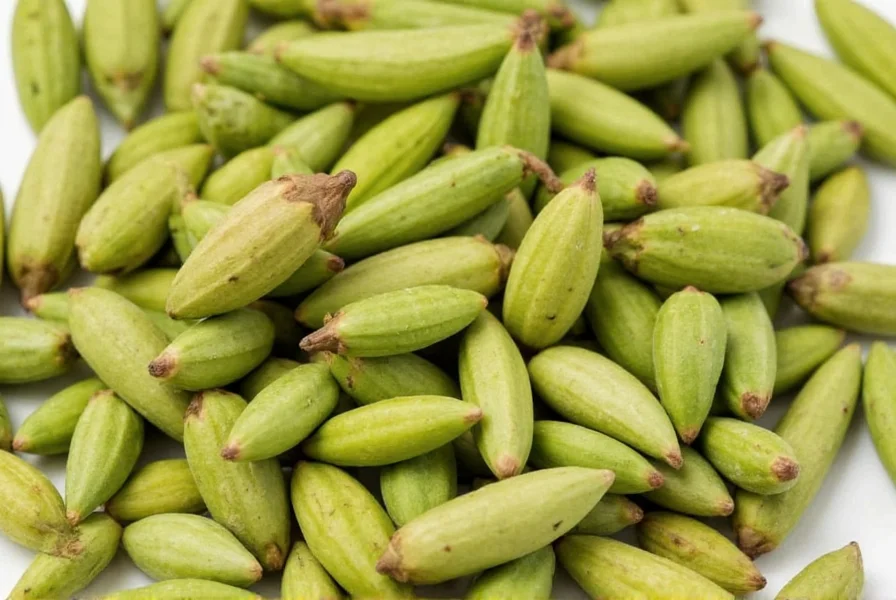









 浙公网安备
33010002000092号
浙公网安备
33010002000092号 浙B2-20120091-4
浙B2-20120091-4